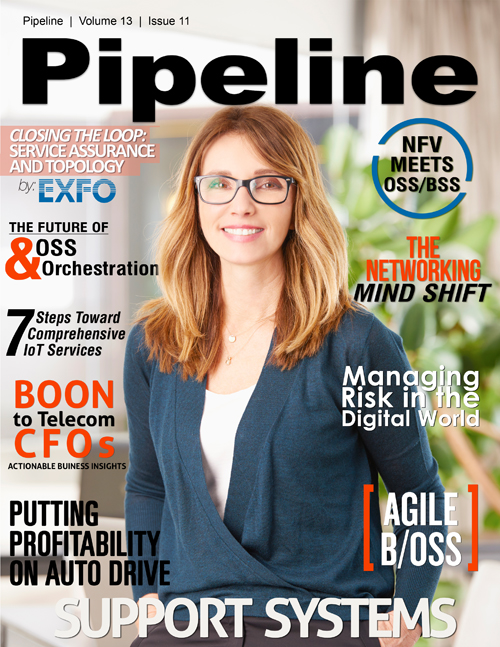Seven Steps Toward Comprehensive IoT Services
Device testing and certification is another important process, which may even be the subject of legislation in some verticals. These include the automotive and healthcare industries, which require stringent safety testing and certification of devices. Such rigorous controls will influence the ways in which the Internet of Things applications can operate.
Security is a key factor to address when considering IoT service building. Issues surrounding access and user identification affect physical devices, as well as the storage of data, cloud control, and network connectivity. High quality Internet of Things services are hallmarked by high-level security which guarantees peace of mind to clients.
Knowing how a device is used can help providers to improve and monitor services, so API exposure must be taken into account. In the automotive vertical, a Connected Car might return data about distance traveled; for Smart Home, it means the possibility to track and optimize energy use; on a factory production line, data delivered about the operating speed and temperature of a piece of equipment can help identify problems before they arise. Establishing the correct API at the start is the key to understanding how a specific vertical is using a particular device.
Only when the above mentioned matters have been addressed should you think about creating, or buying, an application for a specific vertical. Yet the IoT services build stage doesn’t end there. To have practical application from the business perspective, there must be a degree of data insight. An Internet of Things service should allow remote management actions based on data returned from a given device. Has a car exceeded its mileage limit? The insurance will be changed. Is a device somewhere it shouldn’t be? It will be disconnected. Has there been unusual activity involving a device or account? The registered user will be notified by email and SMS.
Step 5 – Deploy IoT Services
With IoT service building complete, it’s time to move on to deployment. And, just as for IoT service building, this is a process that can be broken down into several sub-steps.
Service creation and selling is the first of them. Strong customer focus means there is no one size fits all rule for the particulars of this stage, and they will differ from vertical to vertical. The fundamentals, though, such as marketing, advertising, client presentations, pricing, contracts, after sales support, warranties, and so on, remain constant. The differences are in how they are applied for a given vertical.
Service activation might sound too obvious a process to mention here, but it is worthy of inclusion because it is not as simple as it sounds. For example, should it be manual (carried out by the end user or the operator), or is automatic activation better? If the latter, what should the trigger be? A fixed time of testing or level of use? A pre-determined distance travelled by a car? A given volume of data returned by a smart meter? The systems underlying the application should ensure that, whether triggered automatically or manually, activation should require no further human intervention after the instruction to “go” has been given.
In IoT service deployment, every aspect of all commercial relations between, partners, developers, device manufacturers and end users should be taken into account in a billing process that will result in the efficient creation of invoices.
Finally, API plays a role in service deployment, just as important as the one it plays at the service building stage. Data can be exposed to customers who want to reuse their own systems and require secure access to API data with filtering and correct pricing – but multitenancy must be taken into account to ensure data exposure.
Step 6 – Remember that Fools rush in where angels fear to tread
Carefully focused market research, development and deployment can simplify many of these steps for most verticals. A slow start, followed by steady growth and an end-to-end proposal can provide more sustainable commercial success than leaping feet first into the IoT and attempting to take on all Internet of Things verticals and their attendant challenges in one go.
Step 7 – Maximize Partnerships
Closely connected to step 6, this means making the most of available external resources. Take advantage of outsourcing companies, work to mutual advantage with partners, select the most cost-effective manufacturers for the Internet of Things elements that you require. The effort will be reflected in your profit margins.



















